In this article, we’ll help you understand emphasis in photography. And we’ve got the best tips and techniques to master it.
What Is Emphasis in Photography?
Emphasis is where we give something special significance, making it stand out from everything around it. We can emphasize a particular word in a sentence, giving our message a specific meaning. And what we mean can change where we place the emphasis. The same is true in photography. Emphasis in photography can give prominence to people or things within the image. Adding emphasis to our subject highlights its importance in the scene and draws the viewer’s attention. Emphasis in photography allows you to tell stories with your images. With the proper photography emphasis, any photo can become a scene with a narrative. Your subject becomes the focal point, standing out from everything around it. We can use some excellent photography composition techniques to emphasize our subjects. We’ll look at them in detail below, but they include contrast, depth of field, and negative space. Using emphasis in photography helps you express yourself visually. Harnessing these techniques gives you control over your image. You can direct the viewer’s eye and hold their attention where you want it. Adding emphasis helps you tell stories within the visual arts.
10 Tips to Emphasize Your Subject in Photography
These are the best composition techniques in photography for adding emphasis to your subjects. These will add to your photography composition knowledge so you can master emphasis in photography. And they all work great whether you’re working with film or digital photography.
1. Think in Thirds
The rule of thirds is one of the most fundamental theories in photography composition. It gives you a framework for structuring your image, allowing you to add emphasis to your subject. To apply the rule of thirds, you need to split your frame into nine rectangles of equal size. You do this with two vertical and two horizontal lines evenly spaced apart. It creates a grid within the frame. And this grid gives you the guidelines for a strong composition. The intersections of the lines become your points of interest. And these are the best places to add your subjects for greater emphasis. Using the lines as a guide to position your subject gives you a solid structure for composition. You can use the rule of thirds in portrait and landscape photography. And many digital cameras have a rule of thirds option that applies the grid to the screen. It’s a great start to adding emphasis to your subjects.
2. Think About Colors
Color theory is an excellent composition tool in photography. And using the right color combinations can help you add emphasis in photography. Monochromatic and analogous color schemes are great for creating a harmonious scene where the colors blend seamlessly. But if you want to use color for emphasis, you should look for complementary colors.
Complementary colors sit on opposite sides of the color wheel, like purple and yellow or red and green. They’re pleasing to the eye when paired together. But they also couldn’t be more different, meaning they stand out from one another. It’s the perfect tool to create emphasis in your photography. You can also use a triadic color scheme for visual emphasis. It uses three colors, all evenly spaced apart on the wheel. And the equal separation on the color wheel means each color stands out from the others.
3. Use Strong Contrast To Highlight Your Subject
Contrast is when you have two areas with a significant difference in lighting. One area will be dark, with very little light. And the other is brightly lit with natural or artificial light. When these different lighting situations are side by side, you have an image with strong contrast. Placing your subject in a brightly light space surrounded by darkness will create emphasis in your image. Any element sitting in the light will stand out from the darkness around it. It works well with street and portrait photography. Light contrast is a powerful visual tool in black and white photography. Having your subject illuminated against a frame of solid black creates a dynamic emphasis. It grabs the viewer’s attention straight away.
4. Isolate Your Subject Through Negative Space
Negative space is a space that doesn’t include any detail. It’s an empty space in your image that you can use to emphasize the subject. Negative space plays an important role in composition for minimalist photography. Negative space removes distractions from your photo. If you have large areas with very little in them, there’s nothing to take the viewer’s attention away from your subject. The minimalist composition means there are no other elements to steal the spotlight. Negative space isn’t always white. It can be a flat block of color or a surface with very little detail. You can use the sky on a clear day or the still surface of a body of water. You want this lack of detail to draw attention to your main subject.
5. Create a Bokeh Effect with a Shallow Depth of Field
The depth of field refers to how much of your image is in focus. If you have a large depth of field, the area in front and behind your subject will also be in focus. A large depth of field is typical in landscape photography. A shallow depth of field means the detail in front and behind your subject is out of focus. This blurred background effect is called “bokeh,” and it’s a superb technique for adding visual weight to your subject. Using a bokeh effect means your subject is the only thing in focus. Everything else in the shot will be blurred with a soft texture. This selective focus means your subject stands out as the focal point of your image. It’s an excellent technique to emphasize your subject in portrait photography.
6. Use Leading Lines to Direct the Eye
Look for lines in your environment. They can be straight or curved. And the lines can be vertical, horizontal, or diagonal. The idea is to use these lines to direct the viewer’s eye to your main subject. Leading lines are an excellent compositional tool for emphasizing your subject. Whether the lines are from train tracks or a fence on the side of the road, they should lead the viewer to the subject you want to emphasize. The lines create a path for our eyes to follow. Leading lines help emphasize subjects that are distant or perhaps don’t stand out on their own. And they can help your subject stand out in a busy picture.
7. Find a Frame Within Your Frame
You can use natural frames within your environment to frame your subject. The frame could be a window, a crack in a wall, or a gap in some foliage. No matter what it’s made of, the structure will hold the viewer’s attention on your subject. You need to find a vantage point that centers your main subject within the frame. All other elements will become secondary with your subject in this natural frame. You can also use a shallow depth of field, so the natural frame is out of focus to add extra emphasis.
8. Look For Something Different
Another way to emphasize your subject in photography is to juxtapose it with things that aren’t the same. Things that aren’t the same can mean objects that are completely different, like a dog and a guitar. Or it can be two things that have a slight difference, like a flower with a different color than those around it. Other objects can surround your main subject, but they must be unique. Perhaps it could be a green tomato sitting in a pile of red ones. Or it could be a white sheep in a flock of black sheep. The juxtaposition emphasizes your subject, making it stand out from the crowd.
9. Look for Textured Surfaces to Add Weight to Your Subject
Rough textures grab attention and have more visual weight than a soft or smooth surface. And contrasting the rough texture of your subject with softness can help define it as the image’s focal point. If you can’t find a jagged texture next to something smooth, you can achieve it with your camera. Using a shallow depth of field will soften the focus of all the visual elements around your subject. The rough texture is juxtaposed with the soft bokeh, emphasizing your subject.
10. Use a Tight Composition for Personal Emphasis
If you want to remove all distractions, go for a tightly cropped image. This composition technique is powerful in portrait photography. And it works well with human and animal subjects. Rather than having the person or animal as your subject, you focus on their eyes. The eyes become your main subject within the image. It makes for a personal and emotional photograph. And the eyes will hold the gaze of the viewer. The iris will also add a pop of color for further emphasis.
Conclusion
Emphasis in photography is about making your subject stand out. You want your subject to be clearly defined within the image to hold the viewer’s attention. These photography composition techniques will help you bring emphasis to your subject. You can use them with portraits and landscapes or street photography and photojournalism. Mastering emphasis in photography gives you more control over your images. Use these techniques to construct powerful images and tell exciting stories. Check out our Photography Unlocked ebook to learn everything you need to know about adding emphasis to your images!


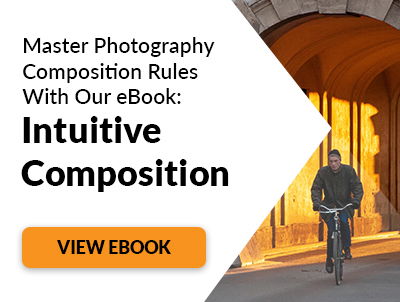
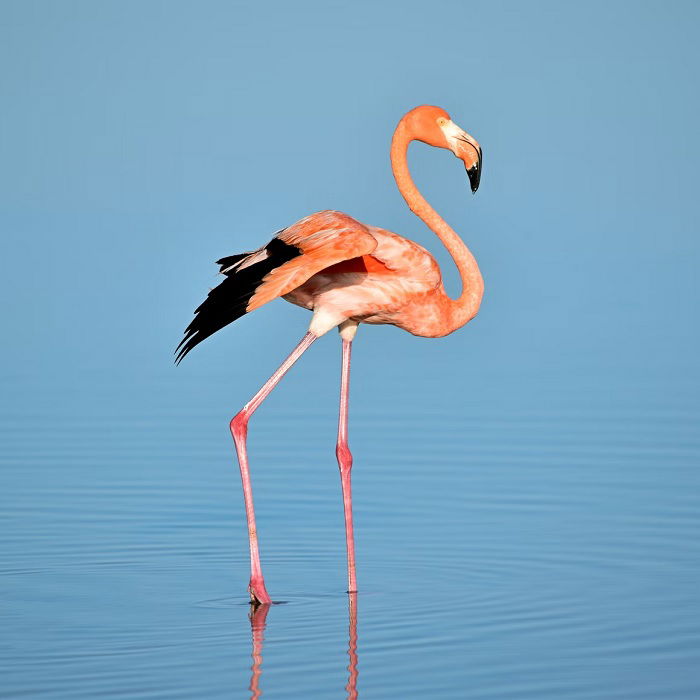


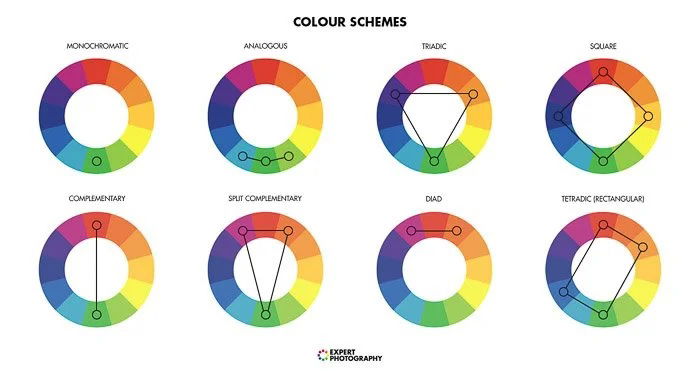
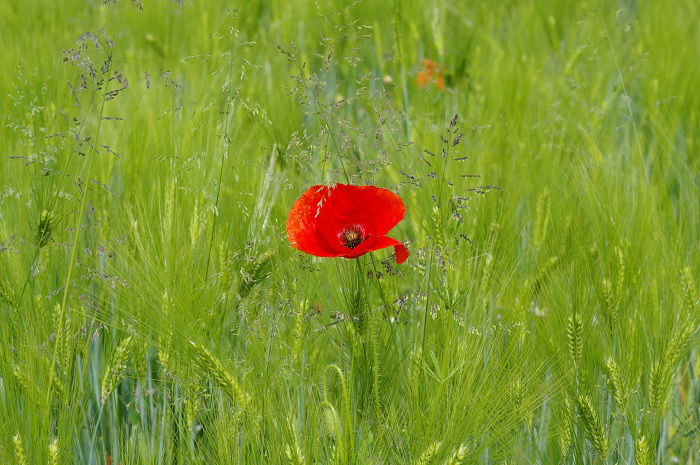

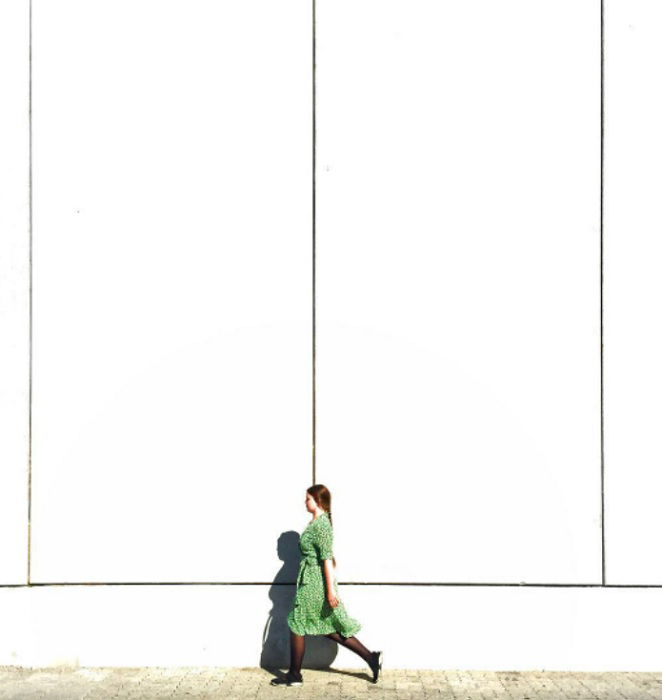
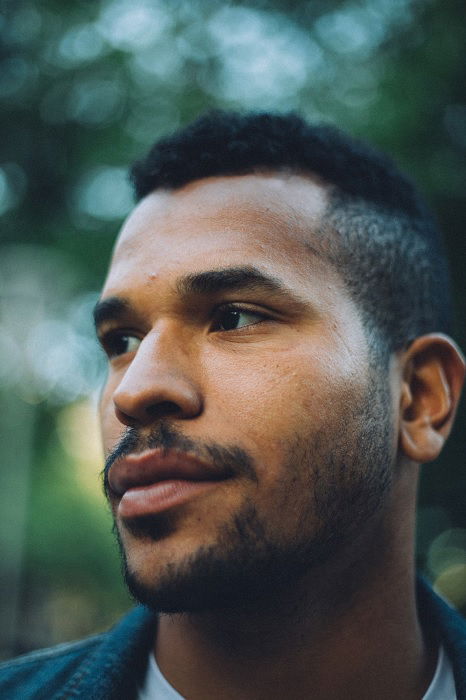
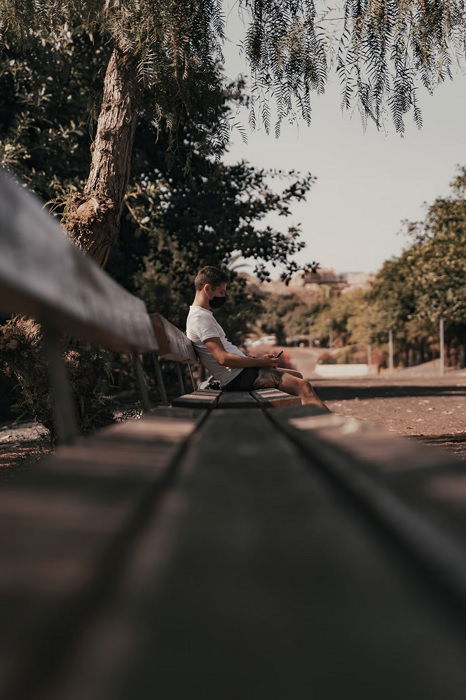
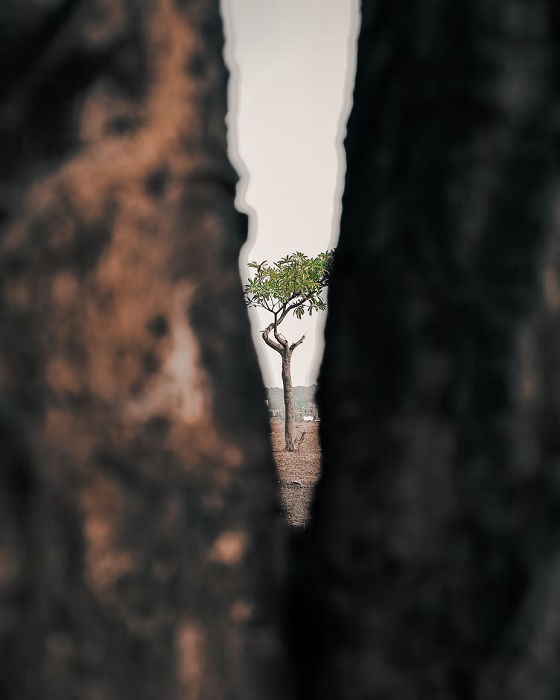
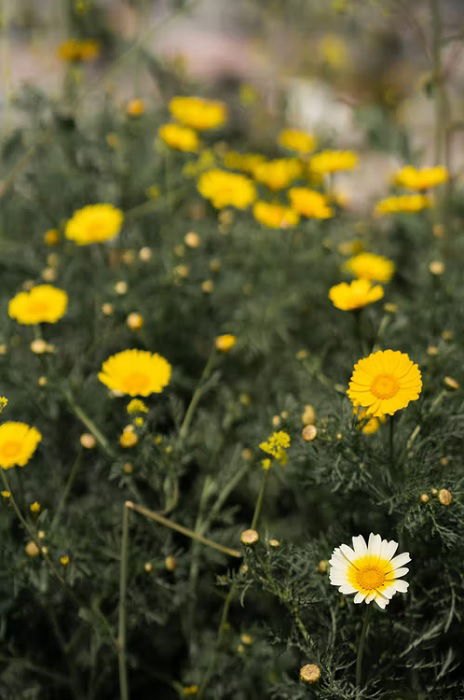


title: “What Is Emphasis In Photography Tips To Emphasize Your Subject” ShowToc: true date: “2022-12-31” author: “Scott Harper”
In this article, we’ll help you understand emphasis in photography. And we’ve got the best tips and techniques to master it.
What Is Emphasis in Photography?
Emphasis is where we give something special significance, making it stand out from everything around it. We can emphasize a particular word in a sentence, giving our message a specific meaning. And what we mean can change where we place the emphasis. The same is true in photography. Emphasis in photography can give prominence to people or things within the image. Adding emphasis to our subject highlights its importance in the scene and draws the viewer’s attention. Emphasis in photography allows you to tell stories with your images. With the proper photography emphasis, any photo can become a scene with a narrative. Your subject becomes the focal point, standing out from everything around it. We can use some excellent photography composition techniques to emphasize our subjects. We’ll look at them in detail below, but they include contrast, depth of field, and negative space. Using emphasis in photography helps you express yourself visually. Harnessing these techniques gives you control over your image. You can direct the viewer’s eye and hold their attention where you want it. Adding emphasis helps you tell stories within the visual arts.
10 Tips to Emphasize Your Subject in Photography
These are the best composition techniques in photography for adding emphasis to your subjects. These will add to your photography composition knowledge so you can master emphasis in photography. And they all work great whether you’re working with film or digital photography.
1. Think in Thirds
The rule of thirds is one of the most fundamental theories in photography composition. It gives you a framework for structuring your image, allowing you to add emphasis to your subject. To apply the rule of thirds, you need to split your frame into nine rectangles of equal size. You do this with two vertical and two horizontal lines evenly spaced apart. It creates a grid within the frame. And this grid gives you the guidelines for a strong composition. The intersections of the lines become your points of interest. And these are the best places to add your subjects for greater emphasis. Using the lines as a guide to position your subject gives you a solid structure for composition. You can use the rule of thirds in portrait and landscape photography. And many digital cameras have a rule of thirds option that applies the grid to the screen. It’s a great start to adding emphasis to your subjects.
2. Think About Colors
Color theory is an excellent composition tool in photography. And using the right color combinations can help you add emphasis in photography. Monochromatic and analogous color schemes are great for creating a harmonious scene where the colors blend seamlessly. But if you want to use color for emphasis, you should look for complementary colors.
Complementary colors sit on opposite sides of the color wheel, like purple and yellow or red and green. They’re pleasing to the eye when paired together. But they also couldn’t be more different, meaning they stand out from one another. It’s the perfect tool to create emphasis in your photography. You can also use a triadic color scheme for visual emphasis. It uses three colors, all evenly spaced apart on the wheel. And the equal separation on the color wheel means each color stands out from the others.
3. Use Strong Contrast To Highlight Your Subject
Contrast is when you have two areas with a significant difference in lighting. One area will be dark, with very little light. And the other is brightly lit with natural or artificial light. When these different lighting situations are side by side, you have an image with strong contrast. Placing your subject in a brightly light space surrounded by darkness will create emphasis in your image. Any element sitting in the light will stand out from the darkness around it. It works well with street and portrait photography. Light contrast is a powerful visual tool in black and white photography. Having your subject illuminated against a frame of solid black creates a dynamic emphasis. It grabs the viewer’s attention straight away.
4. Isolate Your Subject Through Negative Space
Negative space is a space that doesn’t include any detail. It’s an empty space in your image that you can use to emphasize the subject. Negative space plays an important role in composition for minimalist photography. Negative space removes distractions from your photo. If you have large areas with very little in them, there’s nothing to take the viewer’s attention away from your subject. The minimalist composition means there are no other elements to steal the spotlight. Negative space isn’t always white. It can be a flat block of color or a surface with very little detail. You can use the sky on a clear day or the still surface of a body of water. You want this lack of detail to draw attention to your main subject.
5. Create a Bokeh Effect with a Shallow Depth of Field
The depth of field refers to how much of your image is in focus. If you have a large depth of field, the area in front and behind your subject will also be in focus. A large depth of field is typical in landscape photography. A shallow depth of field means the detail in front and behind your subject is out of focus. This blurred background effect is called “bokeh,” and it’s a superb technique for adding visual weight to your subject. Using a bokeh effect means your subject is the only thing in focus. Everything else in the shot will be blurred with a soft texture. This selective focus means your subject stands out as the focal point of your image. It’s an excellent technique to emphasize your subject in portrait photography.
6. Use Leading Lines to Direct the Eye
Look for lines in your environment. They can be straight or curved. And the lines can be vertical, horizontal, or diagonal. The idea is to use these lines to direct the viewer’s eye to your main subject. Leading lines are an excellent compositional tool for emphasizing your subject. Whether the lines are from train tracks or a fence on the side of the road, they should lead the viewer to the subject you want to emphasize. The lines create a path for our eyes to follow. Leading lines help emphasize subjects that are distant or perhaps don’t stand out on their own. And they can help your subject stand out in a busy picture.
7. Find a Frame Within Your Frame
You can use natural frames within your environment to frame your subject. The frame could be a window, a crack in a wall, or a gap in some foliage. No matter what it’s made of, the structure will hold the viewer’s attention on your subject. You need to find a vantage point that centers your main subject within the frame. All other elements will become secondary with your subject in this natural frame. You can also use a shallow depth of field, so the natural frame is out of focus to add extra emphasis.
8. Look For Something Different
Another way to emphasize your subject in photography is to juxtapose it with things that aren’t the same. Things that aren’t the same can mean objects that are completely different, like a dog and a guitar. Or it can be two things that have a slight difference, like a flower with a different color than those around it. Other objects can surround your main subject, but they must be unique. Perhaps it could be a green tomato sitting in a pile of red ones. Or it could be a white sheep in a flock of black sheep. The juxtaposition emphasizes your subject, making it stand out from the crowd.
9. Look for Textured Surfaces to Add Weight to Your Subject
Rough textures grab attention and have more visual weight than a soft or smooth surface. And contrasting the rough texture of your subject with softness can help define it as the image’s focal point. If you can’t find a jagged texture next to something smooth, you can achieve it with your camera. Using a shallow depth of field will soften the focus of all the visual elements around your subject. The rough texture is juxtaposed with the soft bokeh, emphasizing your subject.
10. Use a Tight Composition for Personal Emphasis
If you want to remove all distractions, go for a tightly cropped image. This composition technique is powerful in portrait photography. And it works well with human and animal subjects. Rather than having the person or animal as your subject, you focus on their eyes. The eyes become your main subject within the image. It makes for a personal and emotional photograph. And the eyes will hold the gaze of the viewer. The iris will also add a pop of color for further emphasis.
Conclusion
Emphasis in photography is about making your subject stand out. You want your subject to be clearly defined within the image to hold the viewer’s attention. These photography composition techniques will help you bring emphasis to your subject. You can use them with portraits and landscapes or street photography and photojournalism. Mastering emphasis in photography gives you more control over your images. Use these techniques to construct powerful images and tell exciting stories. Check out our Photography Unlocked ebook to learn everything you need to know about adding emphasis to your images!















